The Inca civilization, known for the best impressive ancient Inca ruins, emerged in the mountains of Peru in the early 13th century. Beginning in 1438, they expanded their domain by conquering regions around their center in Cuzco, ultimately creating the largest empire in pre-Columbian America. However, the Inca Empire met its demise with the arrival of Spanish conquistadors in 1532.
Due to the conquistadors’ plundering, little of their civilization survives. Nonetheless, by seeing the impressive Inca remains in South America’s Andean highlands, tourists can get a sense of the Incas’ level of sophistication.
10. Moray
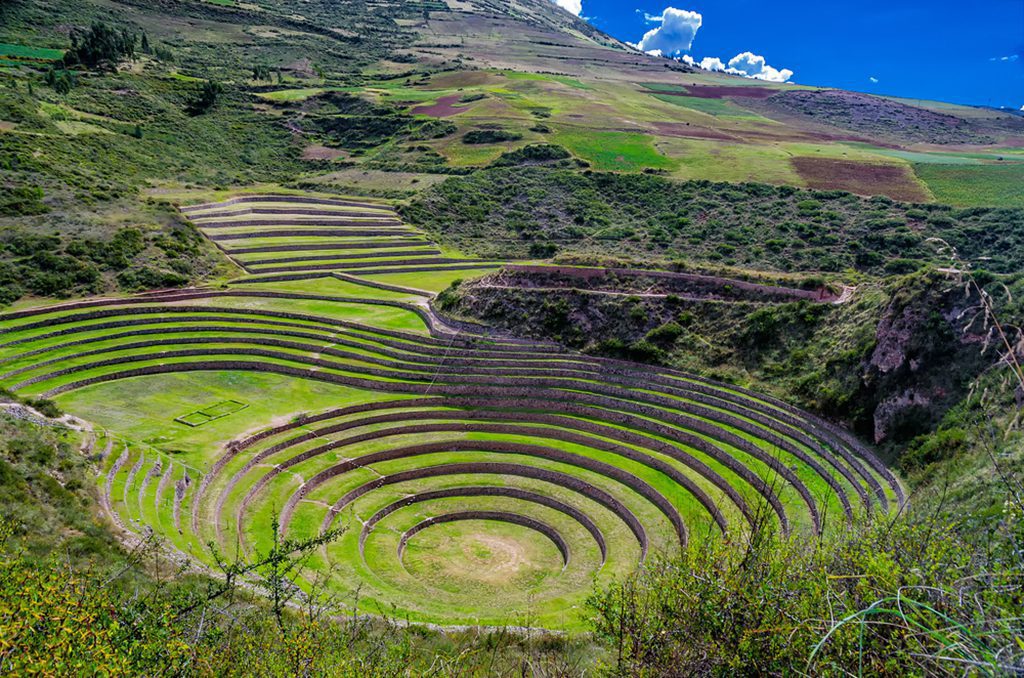
An Incan agricultural research facility, Moray, was likely utilized to grow hardy plant strains in this Andean location. There are a number of circular terraces on the property, with varying temperatures on the lower levels, that might be utilized to examine the impacts of climate change on agricultural production.
About 150 meters (492 feet) deep, the deepest crater has a temperature range of up to 15 degrees Celsius between its upper and lower levels.
Best Impressive Ancient Inca Ruins: Winay Wayna
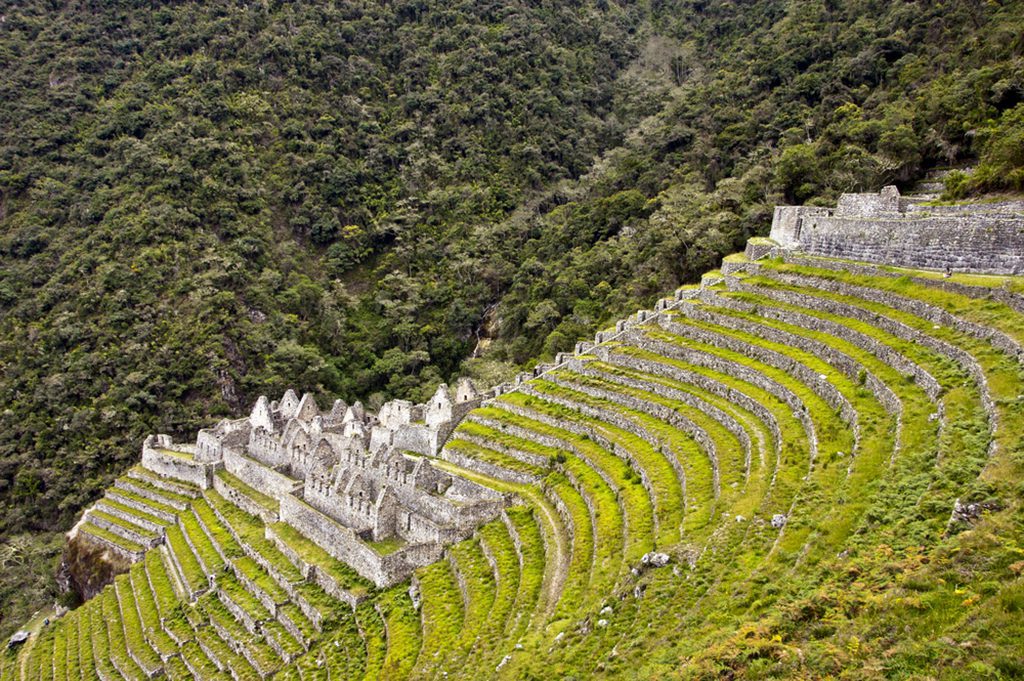
Winay Wayna, an important Inca site, was constructed into a mountainside above the Urubamba River. It’s on the path to the famed Machu Picchu, thus it may have been a stopover for tired visitors back in Inca times.
Upper and lower housing complexes at the Inca remains of Winay Wayna are linked by a stairway and fountain constructions. A section of agricultural terraces can be found next to the houses.
8. Coricancha
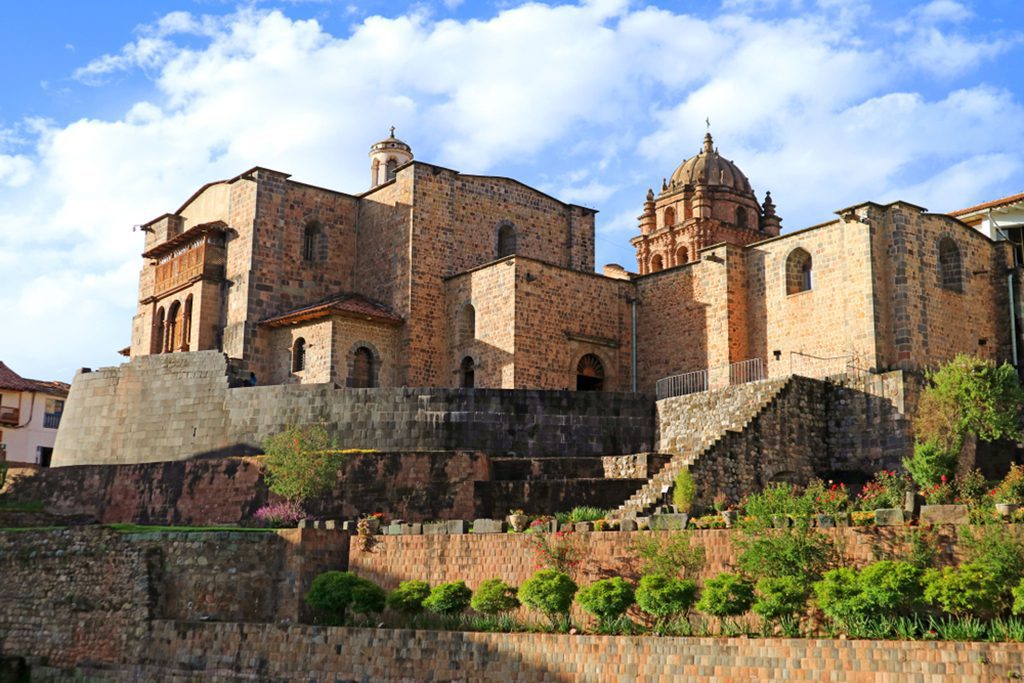
Once known as Inti Kancha (the “Temple of the Sun”), the Coricancha in Cuzco was the most important temple in all of the Inca Empire. Formerly, solid gold sheets coated the walls and floors, and golden sculptures adorned the courtyard. Santo Domingo, a Christian church, was constructed on top of the remains, but it, like many other Inca structures, was badly damaged by the conquistadors.
Even though the church has been extensively damaged by earthquakes, the Inca stone walls, which are made of enormous, closely interlocking slabs of stone, have survived.
Best Impressive Ancient Inca Ruins: Llactapata
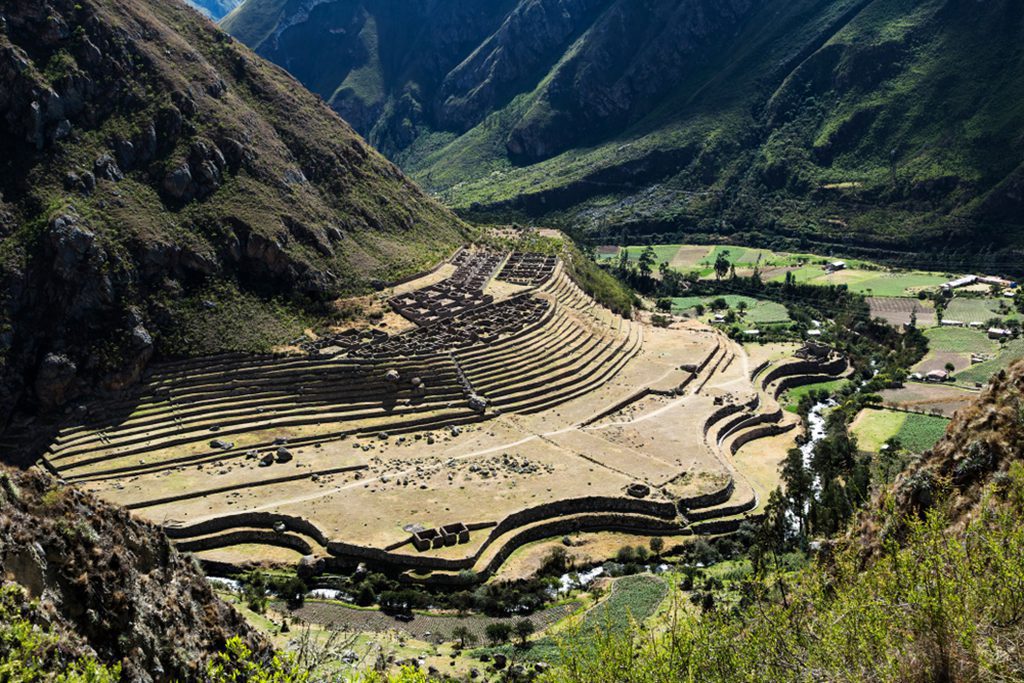
Llactapata, or “High Town” in Quechua, is located 2,840 meters (9,318 ft) above sea level on the Inca Trail. Most likely, it was a place to grow and store food.
While retreating from the Spanish, Manco Inca Yupanqui set fire to Llactapata. These precautions helped ensure that the Inca Trail and its settlements remained hidden from the Spanish.
6. Isla del Sol
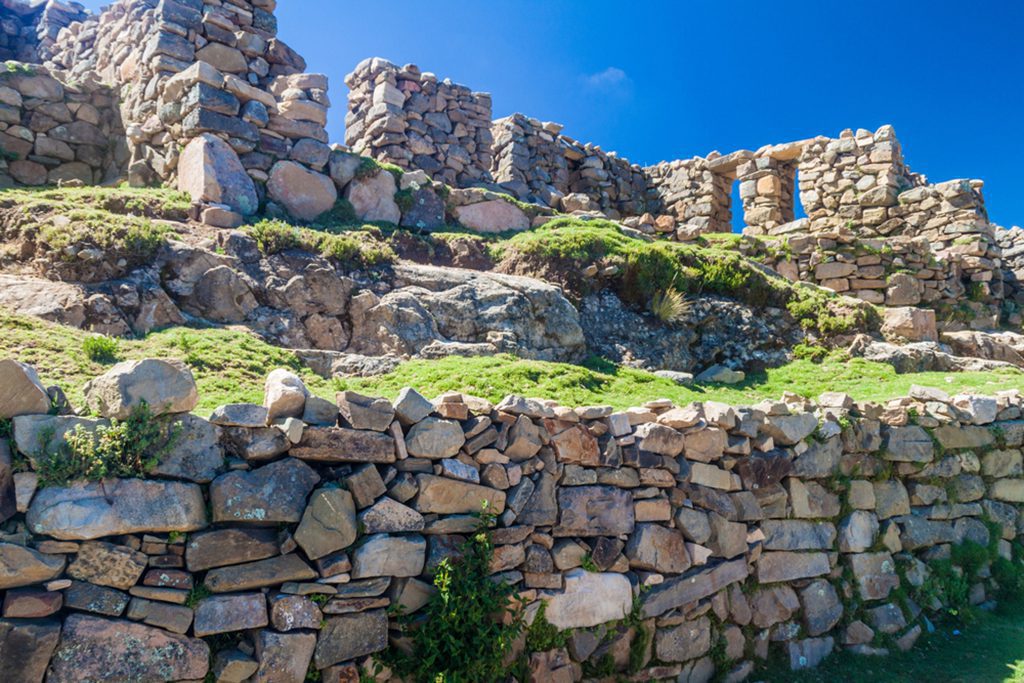
Southern Lake Titicaca is home to the rocky, steep island known as Isla del Sol (Sun Island). According to Inca belief, the island was the first place the sun reemerged from after the waters of a vast flood subsided.
Many Inca temples were constructed there because they believed that the Sun God had been born there. Among these Inca remnants are the Sacred Rock and a labyrinth-like building called Chicana.
Best Impressive Ancient Inca Ruins: Sacsayhuaman
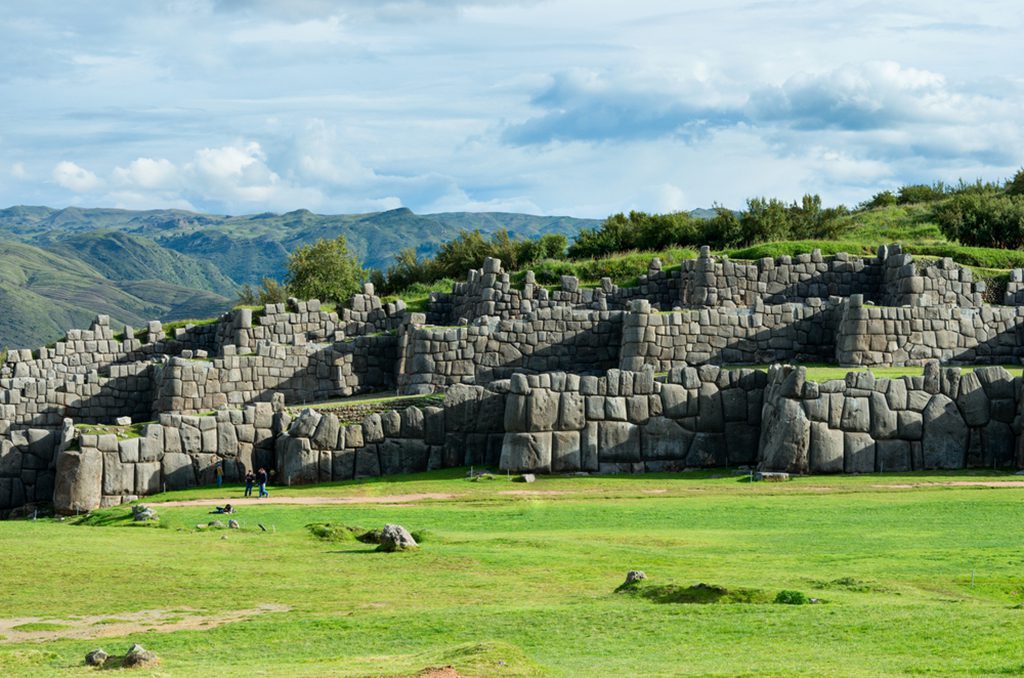
The Inca fortress of Sacsayhuamán is on a hilltop above the city of Cusco. The Inca dynasty was represented by the puma; hence, the city of Cusco was designed to resemble the animal. The plaza represented the puma’s belly, the river Tullumayo its spine, and Sacsayhuamán, the city’s sacred mountain, its head.
The massive lime stones were used to construct three parallel walls at various heights. It has been hypothesized that the walls’ zigzag pattern represents the puma’s incisors. Many of the stones in the Inca wall are so closely set together that it would take many sheets of paper to fit between them.
4. Inca Pisac
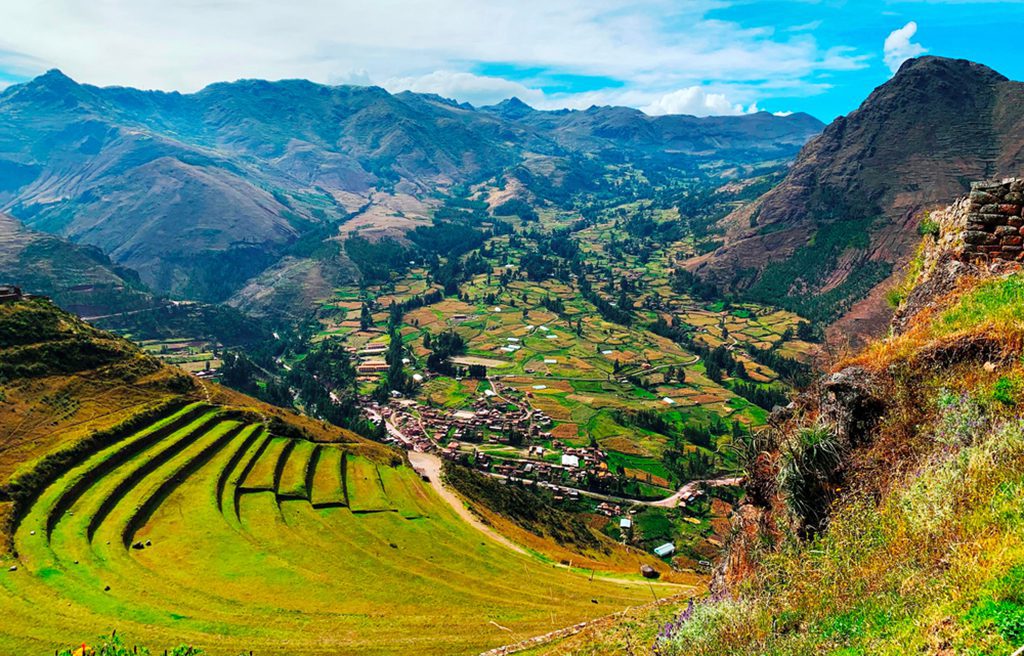
The Quechua word pisac means “partridge.” Pisac was designed after the shape of a partridge in accordance with Inca tradition, which required cities to mimic the forms of various animals and birds.
Observing the Sacred Valley from a vantage point between the Salkantay Mountains, the Inca remains include a military citadel, religious temples, and private residences. According to legend, Písac guarded the southern entrance to the Sacred Valley and managed a highway that linked the Inca Empire to the edge of the Amazonian rain forest.
Best Impressive Ancient Inca Ruins: Choquequirao
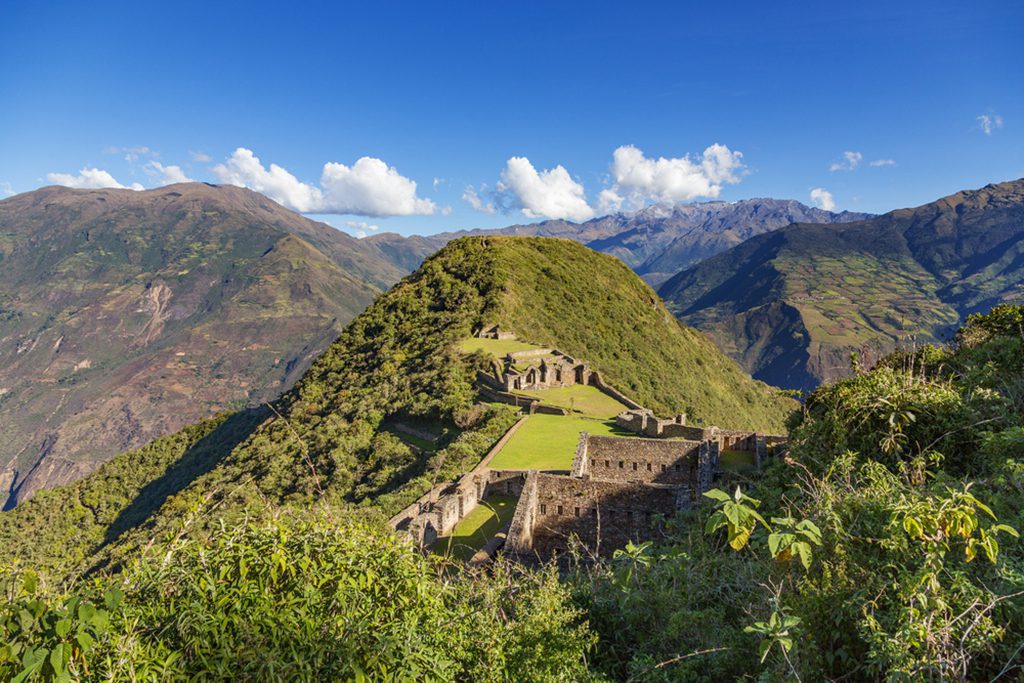
Choquequirao, often known as the “Cradle of Gold,” is situated between the regions of Cuzco and Apurimac at an elevation of 3085 meters (10,120 feet). There are 180 terraces arranged in a stairway pattern at the Inca ruins. Choquequirao was constructed in a fashion that is distinct from Machu Picchu, and it covers a much wider area.
Choquequirao is far less popular than Machu Picchu since it can only be reached on foot or by horseback. The journey from Cachora to Choquequirao can take as long as four days if you don’t have access to wheels.
2. Ollantaytambo

Ollantaytambo was a town and ceremonial center created by Emperor Pachacuti when he conquered the area and established the Inca Empire there. For the Inca resistance, it was a stronghold during the Spanish invasion of Peru.
In modern times, the Inca ruins at Ollantaytambo have become a popular tourist destination and the starting point for many people’s hike along the Inca Trail.
Best Impressive Ancient Inca Ruins: Machu Picchu
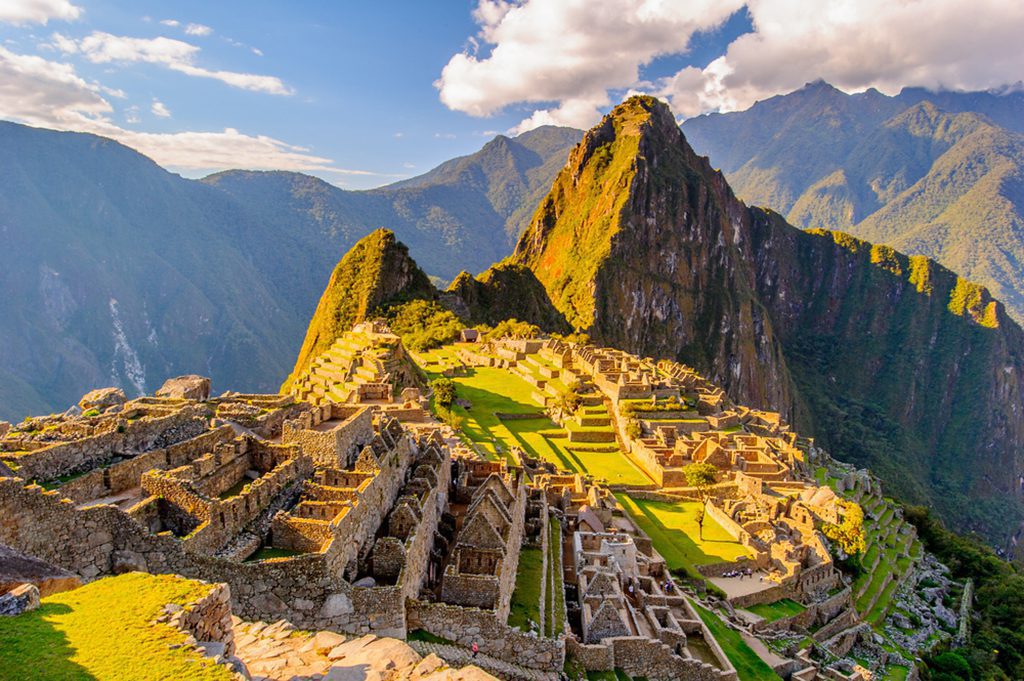
Machu Pichu, the most stunning and extensive Inca ruins in the world, was unearthed in 1911 by Hawaiian historian Hiram Bingham high above the Urubamba Valley, where it had lain in obscurity for generations.
The “Lost City of the Incas” is encircled by agricultural terraces and nourished by natural springs, making it inconspicuous from below and fully self-contained. It had some local fame but was mostly obscure until its rediscovery in 1911. Since then, Machu Picchu has been the most prominent tourist destination in Peru.
-
What is the most famous Inca ruin in Peru?
This question asks about the well-known archaeological site that represents the remains of Inca civilization. The title is seeking information about the most renowned ruin or historical site in Peru associated with the Inca culture. -
What was the most impressive Incan Public Works project?
This question inquires about a significant infrastructure or engineering endeavor carried out by the Incas for the benefit of the public. The title aims to identify and discuss the most remarkable and impactful public works project undertaken by the Inca civilization. -
What is the most famous Inca building?
This title seeks information about a specific architectural structure created by the Incas that has gained widespread recognition and reputation. It is about identifying the single most renowned building from the Inca era. -
What is the most sacred place of the Incas?
In this question, the title is asking about the location or site that held the highest spiritual and religious significance for the Inca people. The title focuses on uncovering the central and holiest place within Inca culture and beliefs.
Plan your trip with ontravelx and get ready for a journey full of breathtaking sights and priceless memories.


